Photos: The National Monuments Being Targeted by Trump's Review
National Monuments
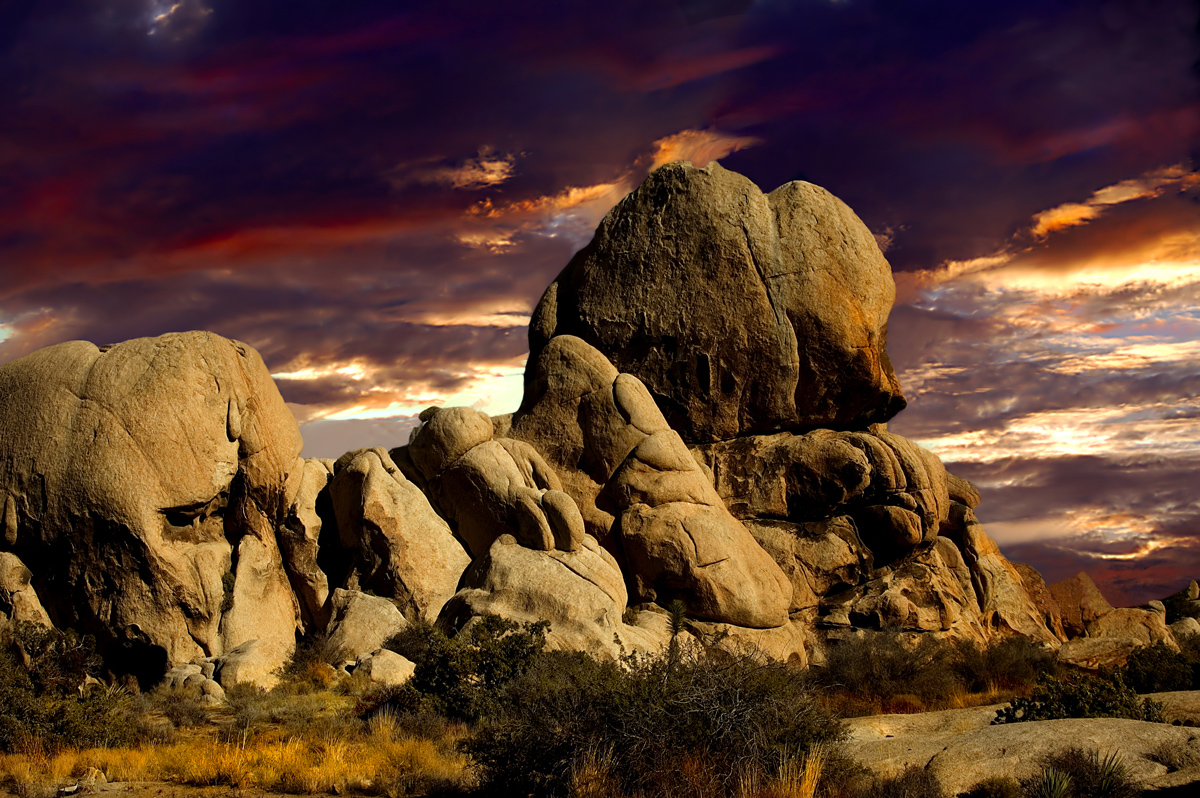
On April 26, President Donald Trump signed an executive order authorizing the review of national monuments designated since Jan. 1, 1996, providing those monuments are more than 100,000 acres in size or that were "made without adequate public outreach and coordination with relevant stakeholders," in the opinion of the Secretary of Interior, Ryan Zinke.
Here are some of the monuments likely to come under review.
Grand Canyon-Parashant, Arizona

Grand Canyon-Parashant National Monument sits on the northern edge of the Grand Canyon. President Bill Clinton established this 1.05 million acre (420,875 ha) protected area in 2000. The monument is incredibly remote, with no paved roads, according to the National Parks Service.
Bears Ears, Utah

Established in 2016 by President Barack Obama, Bears Ears in southeastern Utah is seen by conservatives in the state as evidence of federal overreach and is one of the most contentious monuments on Trump's review list. To conservationists as well as to five Native American tribes that co-manage the sandstone buttes and their surroundings, the monument protects a stunning natural area and more than 100,000 archaeological sites left by indigenous peoples. The monument is 1.4 million acres (547,074 ha) in size.
Craters of the Moon, Idaho
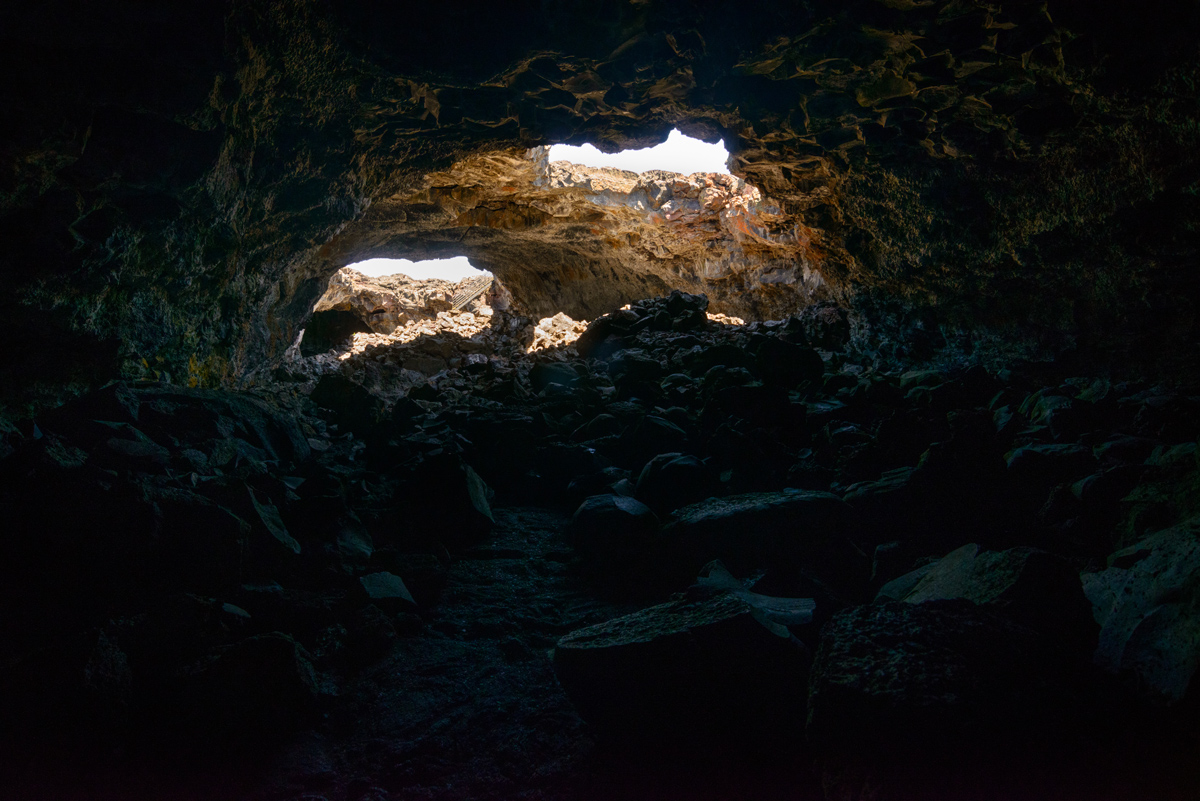
This alien landscape near Pocatello, Idaho, is the result of ancient volcanic eruptions that spilled lava over 618 square miles (1600 square kilometers). The monument was established in 1924 by President Calvin Coolidge and was enlarged by President Bill Clinton in 2000 to encompass more than 750,000 acres (303, 514 ha).
Grand Staircase-Escalante, Utah

President Bill Clinton established Grand Staircase-Escalante National Monument in September 1996, raising the ire of Utah conservatives as well as supporters of a coal mine that the designation prevented from opening. The monument protects about 1.8 million acres (761,000 ha) of canyons and plateaus in southern Utah. Though this monument still provokes controversy, Congress codified its boundaries into law in 1998, so altering the monument may require more than a presidential decree.
Giant Sequoia, California
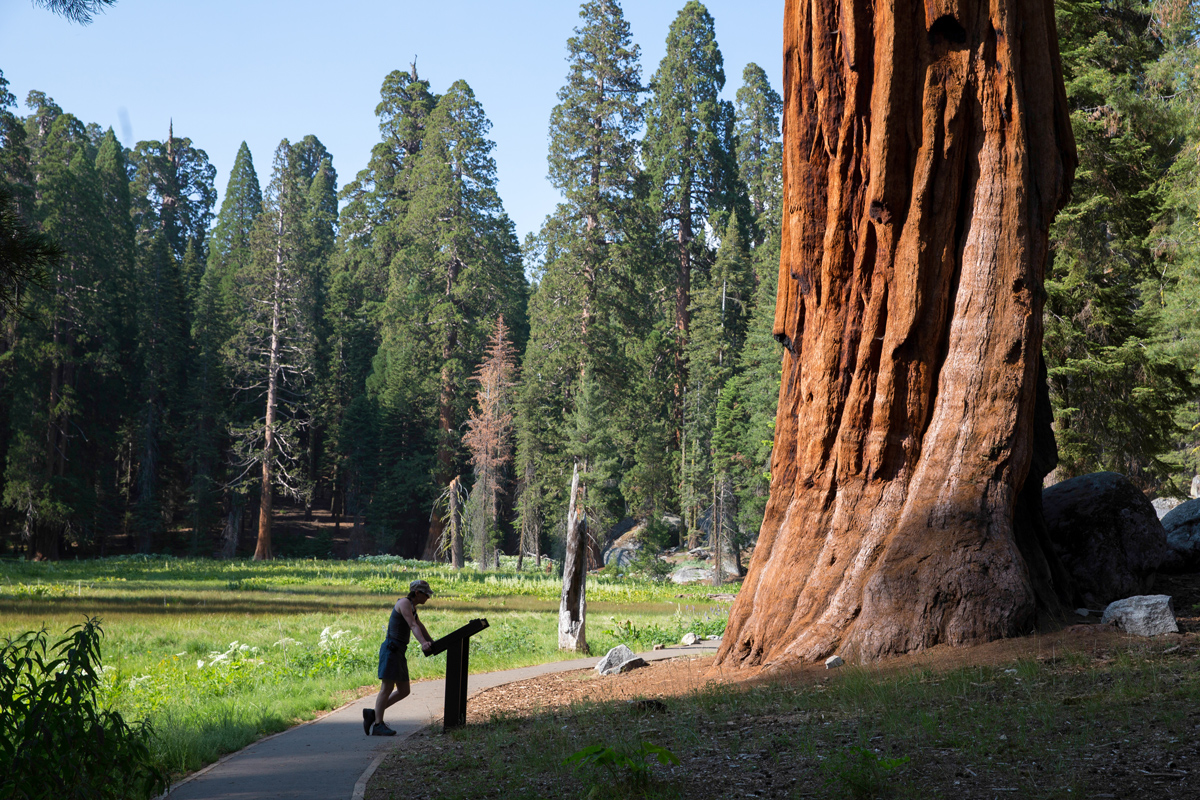
Designated in 2000 by Bill Clinton, Giant Sequoia National Monument protects some of the world's largest trees (Sequoiadendron giganteum). The protected areas span 328,315 acres (132,864 ha).
Get the world’s most fascinating discoveries delivered straight to your inbox.
Canyons of the Ancients, Colorado
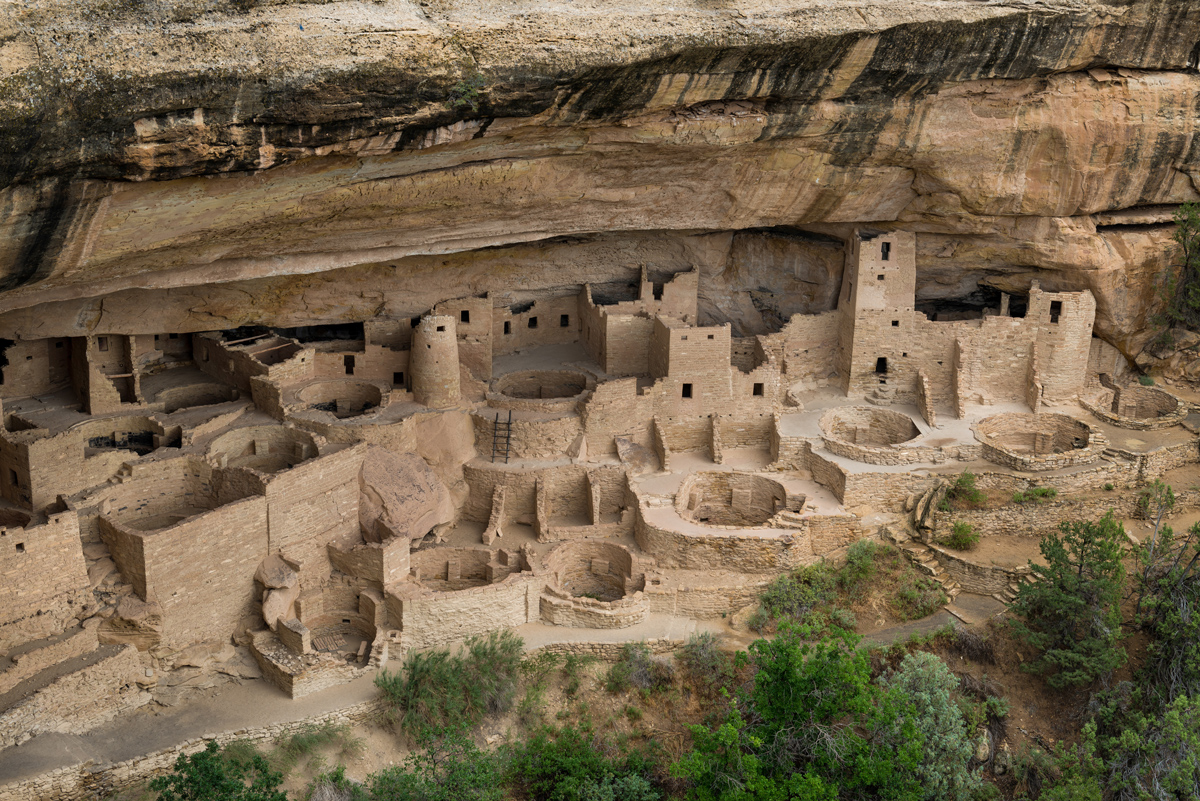
Canyon of the Ancients is a 176,056 acre (71,247 ha) national monument in Colorado dotted by thousands of ancient cliff dwellings and religious chambers called kivas used by ancestral Pueblo tribes. According to the Denver Post, there is little local opposition to the monument, and no evidence that its designation in 2000 has harmed the local economy.
Hanford Reach, Washington

Bill Clinton established Hanford Reach along the Columbia River in 2000, transforming an area around a decommissioned nuclear site into a wildlife preserve. The monument spans about 195,000 acres (78,913 ha) and contains important spawning grounds for chinook salmon.
Ironwood Forest, Arizona
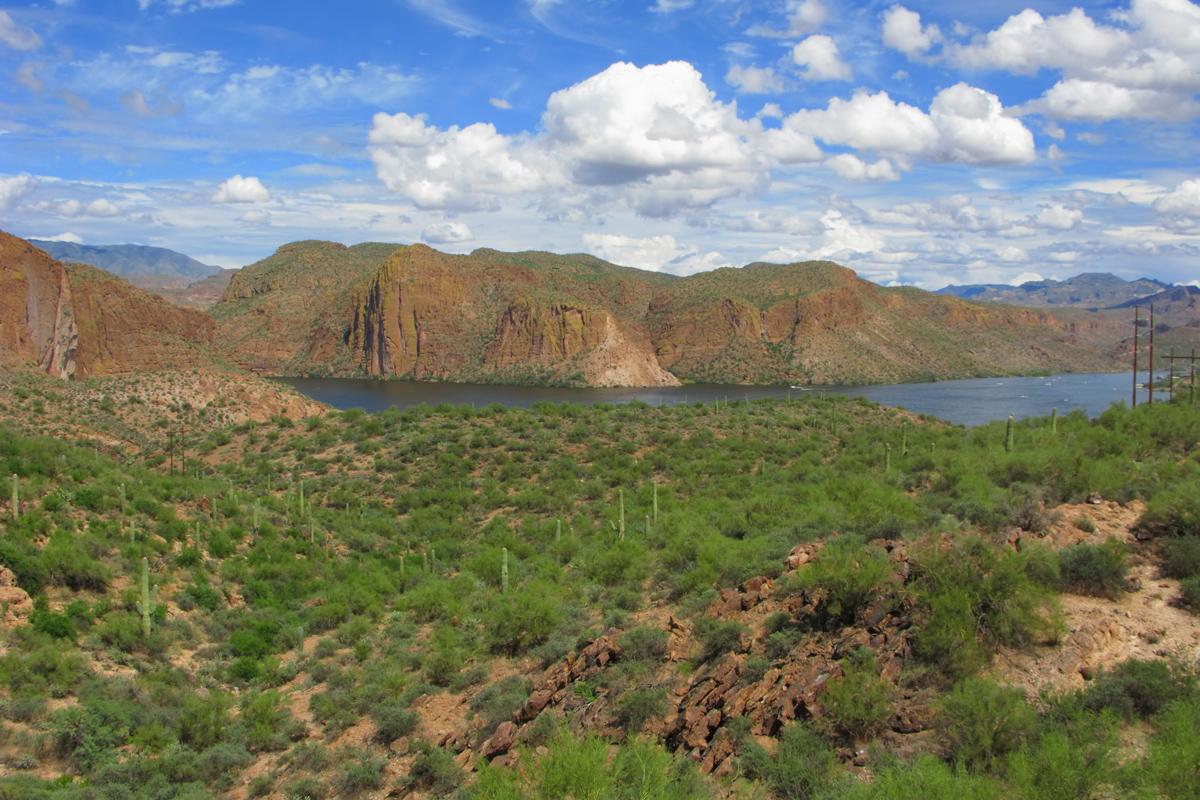
A short drive from Tucson, Ironwood National Forest is almost 130,000 acres (52.609 ha) of protected Sonoran desert. According to the Bureau of Land Management, wildlife in the monument include mule deer and desert bighorn sheep. Bill Clinton established this monument in 2000.
Vermillion Cliffs, Arizona
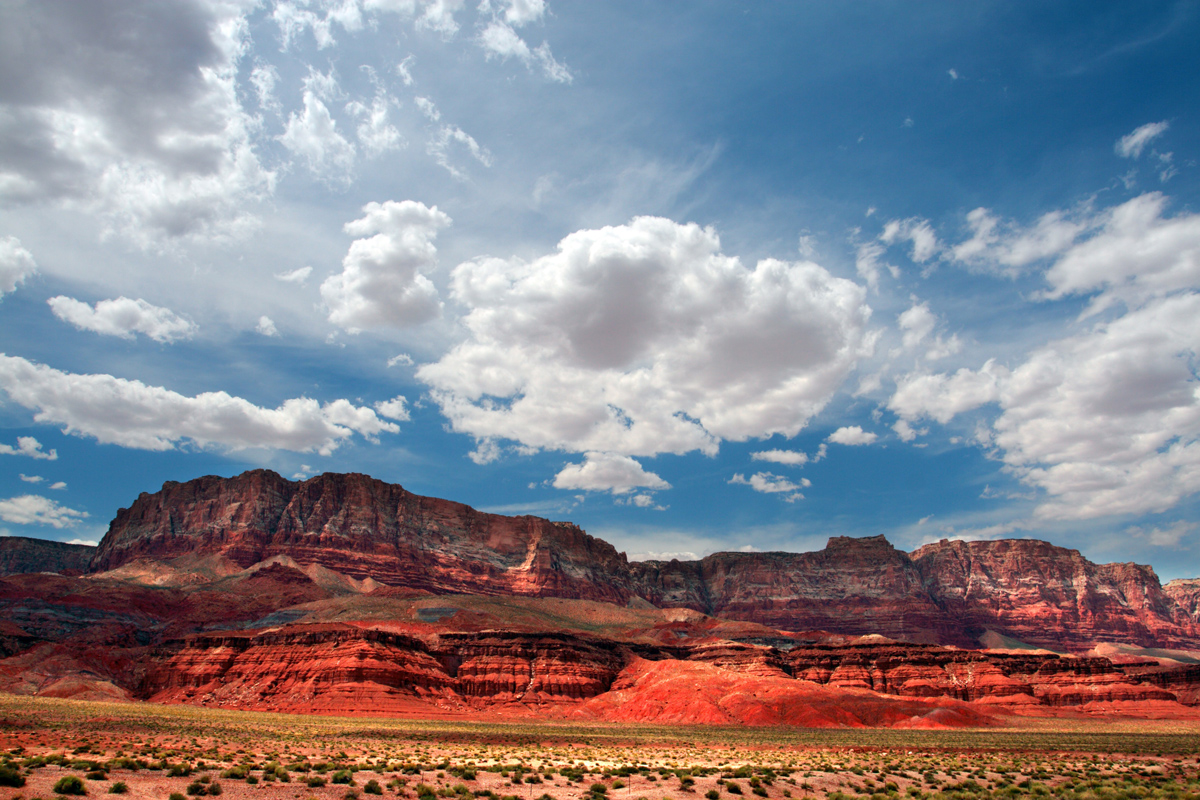
Northern Utah's Vermillion Cliffs National Monument features a stunning sedimentary landscape. It's also a site for California condor re-introduction. President Bill Clinton established the 293,000 acre (119,000 ha) preserve in 2000.
Carrizo Plain, California
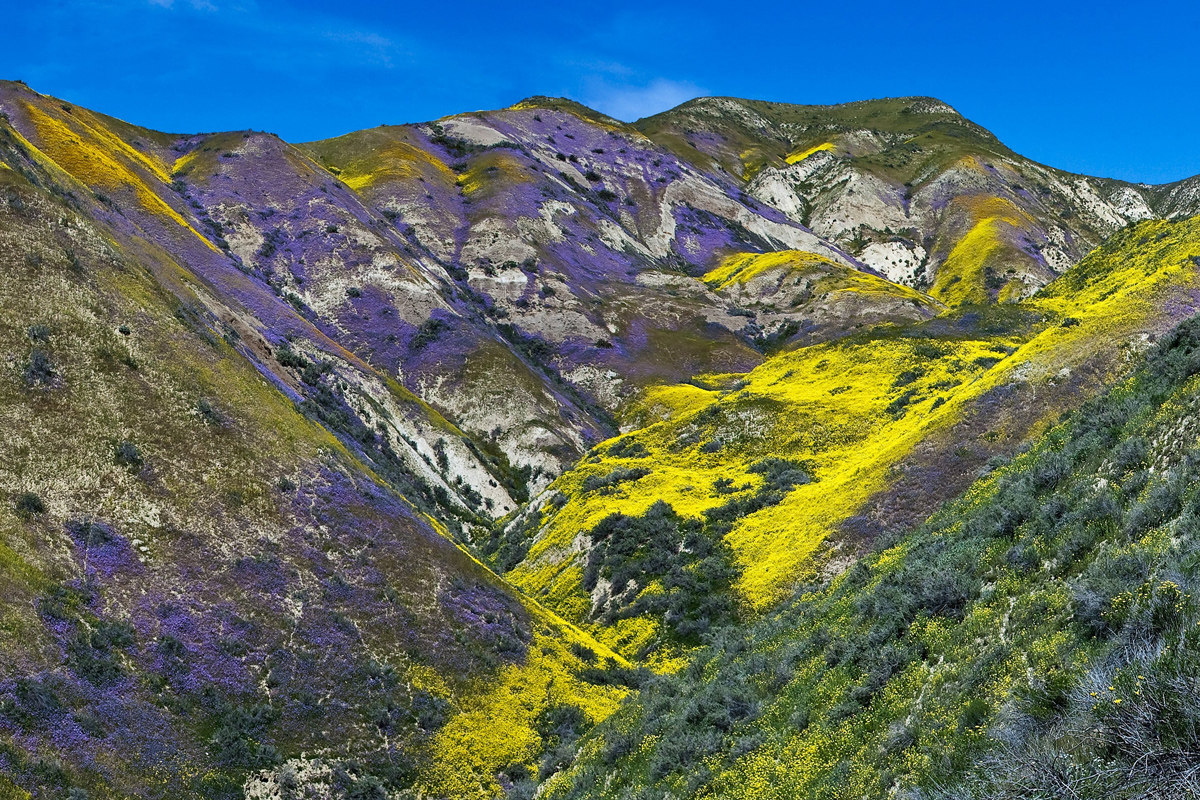
Established in 2001 by Bill Clinton, this arid national monument blooms with a sea of colorful wildflowers in the spring. Part of California's Central Valley, this national monument spans approximately 204,000 acres (82,555 ha) of original habitat. Elk, pronghorn and predatory birds call the monument home.

Stephanie Pappas is a contributing writer for Live Science, covering topics ranging from geoscience to archaeology to the human brain and behavior. She was previously a senior writer for Live Science but is now a freelancer based in Denver, Colorado, and regularly contributes to Scientific American and The Monitor, the monthly magazine of the American Psychological Association. Stephanie received a bachelor's degree in psychology from the University of South Carolina and a graduate certificate in science communication from the University of California, Santa Cruz.


